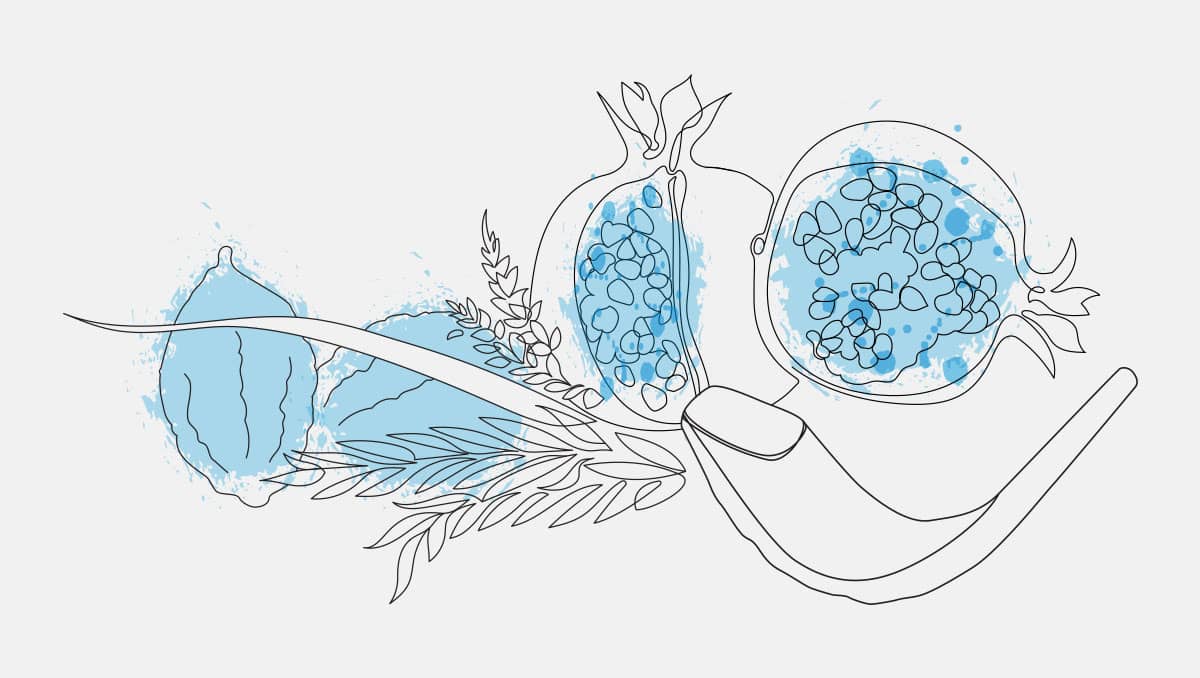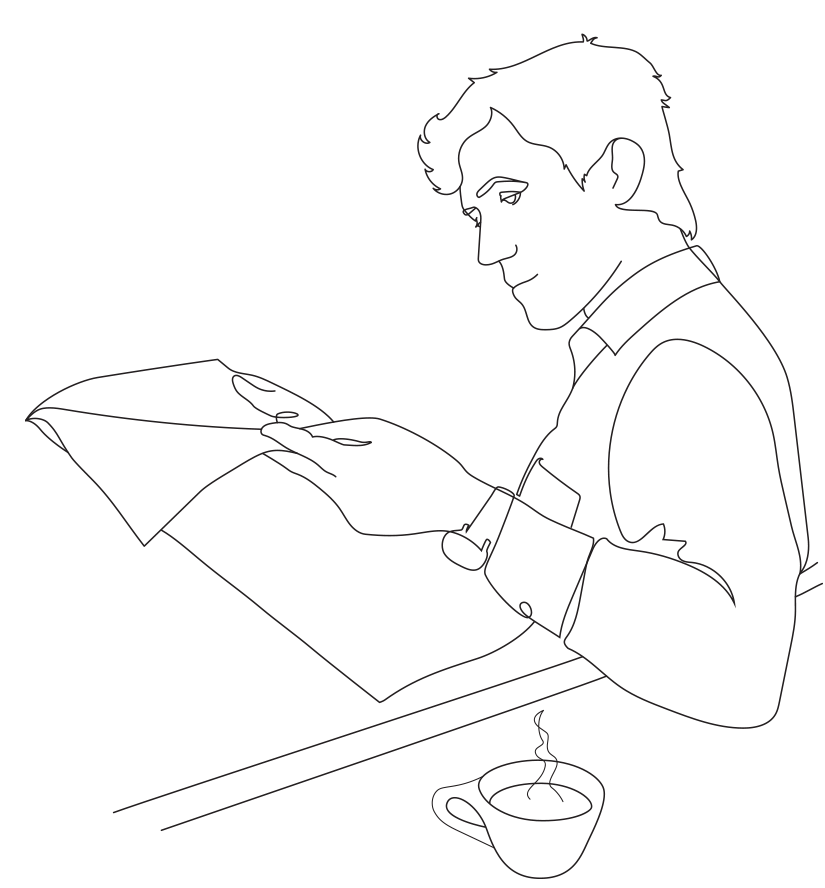
Rosh Hashanah, Yom Kippur & Sukkot
by Rich Robinson | August 06 2025
Fall on the Jewish calendar gives us a trifecta of holidays. It’s a busy time in the Jewish community. Marking the start of the religious year is Rosh Hashanah, the Jewish New Year. Ten days later, we come to Yom Kippur, the Day of Atonement. Five days after that, we find ourselves at Sukkot, the Feast of Tabernacles. All these holy days are described in Leviticus 23 and are vastly different from one another. What’s the connection?
Rosh Hashanah
Begins at sundown on September 22 and ends after sunset on September 24
Biblically, this was called the Feast of Trumpets. Scripture says, “In the seventh month, on the first day of the month, you shall observe a day of solemn rest, a memorial proclaimed with blast of trumpets” (Leviticus 23:24). But if it’s the seventh month, why is it called the Jewish New Year? Some conjecture that a change happened during the Babylonian captivity. Others say there may have been two new years, one religious and one civil.
Today, the holiday has two sides. On the one hand, blowing the shofar (ram’s horn) is meant to awaken us to repentance in preparation for Yom Kippur. On the other hand, it’s a joyful holiday in which we dip apples in honey and wish one another a joyful year ahead. (This is a great occasion to send Jewish friends a “Happy Jewish New Year” card—readily available in many stores.)
Yom Kippur
Begins at sundown on October 1 and ends after sunset on October 2
Ten days later, the Day of Atonement is all solemnity. This is a day on which “you shall afflict yourselves” (Leviticus 23:32), understood today as fasting. In biblical times, it was a dramatic day filled with atonement ceremonies in the Tabernacle and later in the Temple (see Leviticus 16). Today, many spend the day in the synagogue praying to God for forgiveness and expressing the hope that God will write their names in the “Book of Life” for an additional year.
Both holidays focus on atonement. Even though we wish each other a “Happy New Year,” we need forgiveness in order to actually enjoy the year ahead.
Sukkot
Begins at sundown on October 6 and ends after sunset October 13
At first glance, the next holiday, the Feast of Tabernacles, seems unrelated to the others. The Scripture says,
You shall take on the first day the fruit of splendid trees, branches of palm trees and boughs of leafy trees and willows of the brook, and you shall rejoice before the Lord your God seven days…. You shall dwell in booths for seven days…. That your generations may know that I made the people of Israel dwell in booths when I brought them out of the land of Egypt. (Leviticus 23:40, 42, 43)
During Sukkot, Jewish people build sukkahs (booths) and live (or at least take their meals) in them for the week-long holiday, reminding them that God provides shelter in an often-hostile world. The lulav (an assemblage of palm branches, myrtle leaves, and willow leaves) is waved around while holding the etrog, or citron. Some say these four items remind us of different parts of the human body, showing us that we need to serve God with our whole being.
What’s the Connection?
God is telling us a story through these holidays. Rosh Hashanah marks a new beginning, calling us to reflect and return to God. Yom Kippur reveals his mercy, offering forgiveness and restoration. Sukkot shows that when our sins have been atoned for, we find ourselves sheltered in him, and free to serve him fully.
And so, a season that begins with introspection over our sins ends with looking outward to God and to the world. What a beautiful picture of the gospel—God’s grace transforming hearts, restoring lives, and sending us into the world with joy and purpose.




